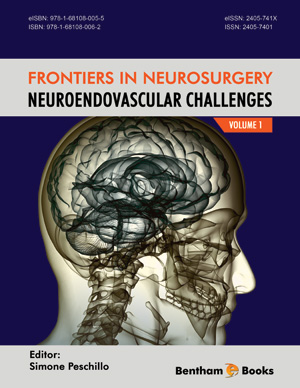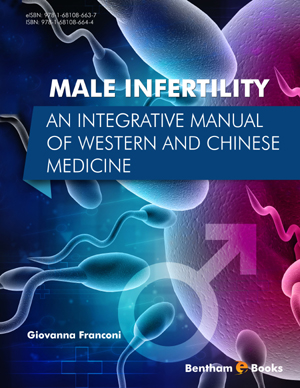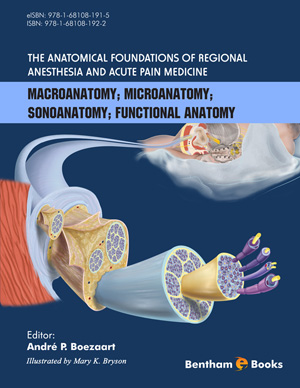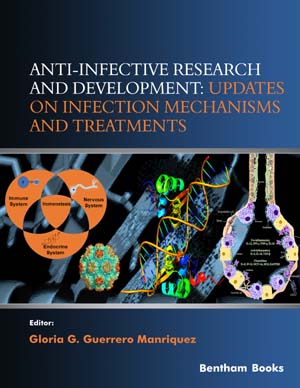Abstract
Arteriovenous malformations of the brain are one of neurosurgery's most fascinating and challenging pathologies. These malformations were initially described in 1854 by Luschka and in 1863 by Virchow; subsequently several other scientists including Giordano, Spetzler and Martin, Ponce and Lawton described the pathogenesis, clinical presentation and medical treatments of cerebral arteriovenous malformations in detail. The clinical presentation of these malformations is extremely varied: they can present with hemorrhage, seizures or focal neurological deficits with a close correlation between the anatomical location of the malformation and its presenting symptoms. Unruptured and ruptured malformations are distinct pathological entities with different natural histories and multimodal treatment risks. The estimated generic bleeding risk of an unruptured arteriovenous malformation is between 3% and 4% per year; this risk of bleeding increases to 6% in the first year after a hemorrhagic episode and returns, after 5 years, to the same value as that of a corresponding unruptured malformation. Cerebral arteriovenous malformations are very complex entities and for this reason the first and major clinical dilemma is whether or not to treat a patient with such a malformation; the second issue is how to treat them. Each treatment is tailored to the individual patient, drawing a careful balance between efficacy and risks. In brief, a variable combination of three methods of treatment, endovascular, surgical and radiosurgical, can be considered. Each has specific indications and contraindications but all have the same aim: complete elimination of the malformation.
Keywords: Arteriovenous malformation, cerebrovascular disease, surgery.






















